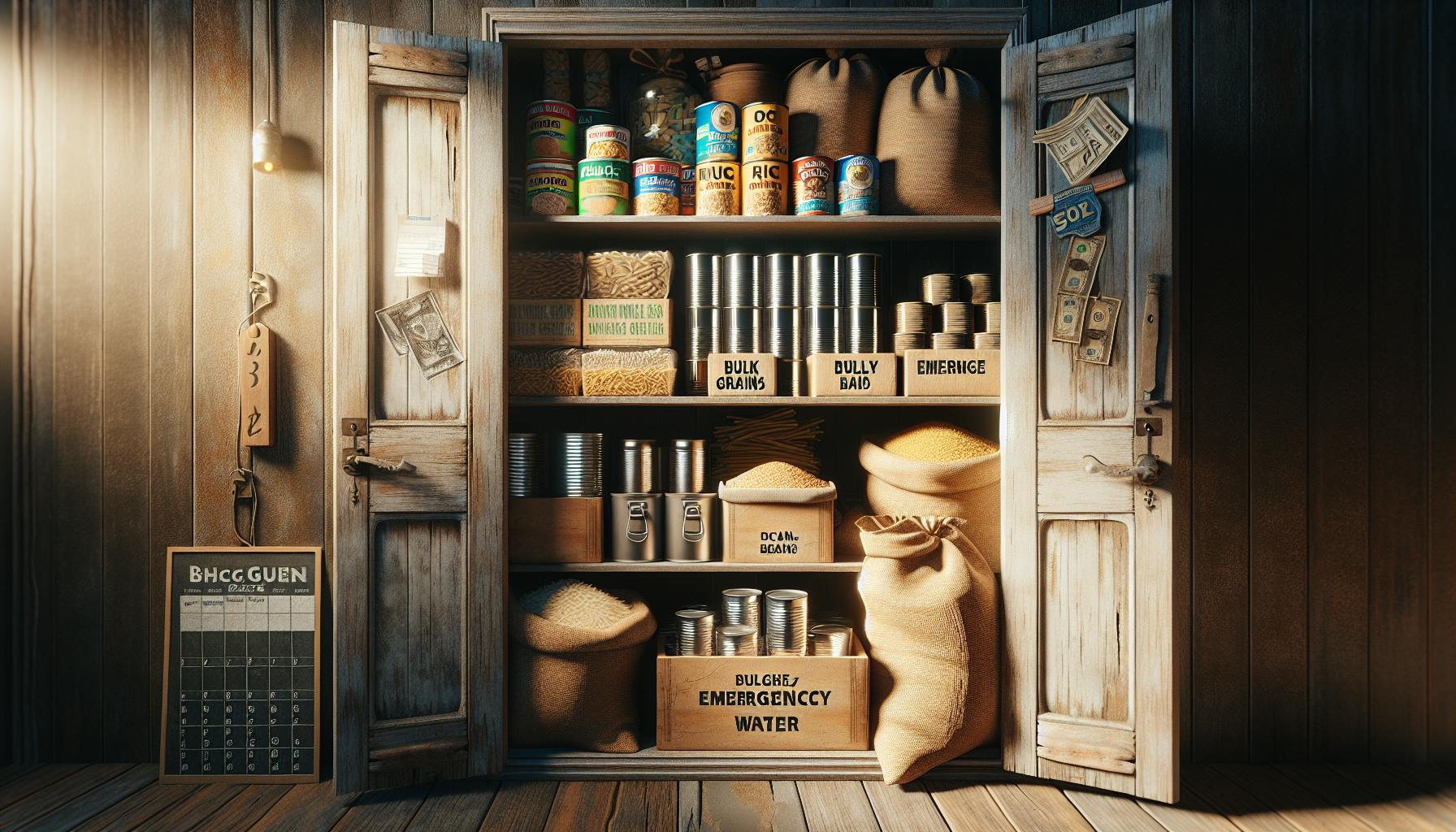Introduction
Cast iron is beloved by many home cooks for its natural nonstick properties when properly seasoned, excellent heat retention, and versatility for high-heat cooking methods like searing, frying, and braising. However, some ingredients are less than ideal for cooking in cast iron. Over time, acidic foods can erode the seasoning, while delicate proteins from seafood and eggs can stubbornly stick. Sugary batters and high-fat dairy products also risk bonding tightly or burning onto the pan surface.
While cast iron excels at tasks like frying chicken or searing steaks, there are certain recipes better suited to stainless steel, ceramic, carbon steel, or other alternative cookware. This article will explore common foods to avoid cooking in cast iron, explain why they pose challenges, and suggest better-suited materials. With proper care and the right pairings, cast iron can still shine as a versatile, worthwhile investment in any home kitchen.
Acidic Foods
Foods with high acidity, such as tomatoes, citrus fruits, and vinegars, can wear down the seasoned patina that builds up on cast iron over time. The acid reacts with the iron, eroding the protective coating and leading to metallic flavors leaching into foods. For longer-cooking acidic recipes, stainless steel is typically recommended instead.
Tomatoes
Tomatoes and tomato-based sauces tend to be highly acidic. Simmering marinara sauce, vodka sauce, or salsa in cast iron for over an hour can slowly damage the seasoning and may impart a metallic taste. Quick 30-minute pan sauces with canned tomatoes are less risky. But enamel, stainless steel, or well-seasoned cast iron are still better options for cooking tomatoes.
Lemons and Limes
The high acidity in lemon and lime juice can quickly erode cast iron's seasoning when exposed to the pan surface for long periods. Avoid simmering lemon chicken piccata or ceviche with lime juice for extended times in cast iron. For pan sauces that use lemon juice, wait until the end of cooking to add the lemon. Brief contact with lemon slices for garnish is safe.
Delicate Seafood
Delicate fish and shellfish often don't pair well with cast iron. Flaky varieties like salmon, halibut, and cod can leave behind proteins that stick stubbornly to the pan's surface. Oily fish like salmon and mackerel may absorb metallic flavors from the iron over higher heat. Stainless steel, enamel, or ceramic work much better for cooking seafood delicacies.
Salmon
Salmon is prone to sticking in cast iron without a well-seasoned nonstick surface. The fish's proteins bond tightly to the porous iron, causing the fillets to flake and tear when flipped or plated. Stainless steel allows much gentler handling of salmon. If using cast iron, apply a liberal amount of avocado oil and cook over medium-low heat for the best results.
Shellfish
Shrimp, scallops, mussels, and other quick-cooking shellfish can easily overcook and stick. Their proteins can grab onto the porous cast iron surface, while acidic broths like white wine or lemon may erode the seasoning. Boil or steam shellfish in stainless steel or enamel pots instead. For pan searing, use a polished, well-seasoned cast iron skillet over medium heat.
Eggs
From fried eggs to omelets to scrambled eggs, cooking eggs in cast iron takes skill. Without ample fat, eggs are prone to sticking and leaving behind stubborn residues. The reactive iron may also lend unsavory discoloration and metallic flavors. Stainless steel, ceramic, or nonstick pans provide a much more foolproof egg-cooking experience.
Fried Eggs
Frying eggs properly in cast iron relies on the right heat level and sufficient greasing. The whites and yolks can quickly stick and bond to the porous iron. Use medium-low heat with plenty of butter or avocado oil. Gently turn fried eggs with a silicone spatula to prevent tearing. Nonstick or stainless steel may be less hassle for frying eggs.
Omelets and Scrambled Eggs
Eggs need to be handled delicately to avoid sticking and tearing when making omelets or scrambles in cast iron. Stainless steel allows easier tossing and stirring. For cast iron omelets, use medium-low heat and ample butter. Gently fold scrambled eggs with a silicone spatula over low heat.
Sugary Foods
Baked goods and other sugary foods bring their own challenges for cast iron. Without vigilant greasing and heat control, caramelizing sugars can grab onto the pan surface, burn, and destroy the seasoning over time. Opt for nonstick, stainless steel, enamel, or silicone bakeware when cooking sweet foods.
Pancakes and Waffles
Pancake and waffle batters readily stick to cast iron without sufficient greasing. Burnt bits of batter can bond to the pan and damage the seasoning. Ceramic or stainless steel pans with nonstick coatings are better suited to these sticky batters. If using cast iron, apply butter or oil generously before heating and cook over medium-low heat.
Cakes and Cookies
Like pancake batter, sugary cookie dough and cake mixes can cling to cast iron without enough grease. Baking sweets in cast iron risks burnt-on residues that stubbornly stick to the pan and are difficult to remove fully. For baked goods, choose nonstick, stainless, or enamel pans. If using cast iron, line it with parchment paper first.
Dairy Products
High-fat dairy products like melted cheese, scalded cream, and milk bring risks of sticking, burning, and bonding when cooked in cast iron. Proteins in yogurt, sour cream, and other dairy products may also tightly adhere to seasoned cast iron. Enamel, stainless steel, or nonstick pans provide better results for cooking dairy dishes.
Cheese Dishes
Baked macaroni and cheese, scalloped potatoes, and other cheesy casseroles can easily overcook in cast iron, with the melted dairy sticking stubbornly to the pan. Use enamel or stainless steel bakeware for these recipes instead. If baking in cast iron, grease the pan thoroughly first and avoid hot spots that scorch the dairy.
Cream Sauces
Delicate cream sauces need gentle heating to prevent curdling, scorching, and sticking in cast iron pans. Allow cream-based sauces to thicken over low heat before briefly simmering. Stainless steel provides the most even, controlled heating. Once thickened, creamy sauces should be fine served in cast iron at the table.
Carbon Steel as an Alternative
Carbon steel pans provide properties similar to cast iron - they can develop a natural nonstick surface when seasoned properly. Carbon steel heats up and cools down faster than cast iron. This makes it better suited for cooking delicate foods like eggs that require careful temperature regulation. The thinner material is also lighter in weight than many cast iron pans. However, carbon steel is prone to rusting and requires similar seasoning and care as cast iron.
Silicone Bakeware
For baking acidic recipes or sweet treats, silicone bakeware provides a flexible, nonstick alternative to cast iron. Silicone resists sticking, doesn't react with acidic ingredients, and has good heat resistance up to about 425°F. Useful silicone pans include muffin tins, loaf pans, cake pans, and baking sheets. Their flexibility makes for quick, clean release of baked goods.
Alternatives to Cast Iron
While cast iron excels at searing, frying, and braising, there are certain foods better cooked using other materials. Here are some excellent alternatives to keep on hand:
Stainless Steel
Stainless steel won't react with acidic foods. It heats evenly, cleans up easily, and works on all cooktops. Stainless steel is durable and more affordable than premium cast iron.
Enamel Cookware
Enamelware combines the heating properties of cast iron with a slick, nonstick coating that prevents sticking. The durable enameled surface resists reactions with food and comes in vibrant colors.
Ceramic Nonstick
Ceramic nonstick pans provide an impressively smooth cooking surface. They hold their own at high heat while preventing delicate batters and foods from sticking and burning. Easy cleanup is a plus.
Caring for Cast Iron
Though it has limitations with some ingredients, cast iron remains a versatile, worthwhile investment when properly cared for. Here are some tips:
-
Season cast iron using multiple thin layers of flaxseed oil baked at high heat to create a natural nonstick patina.
-
Use metal spatulas when cooking in cast iron to scrape off stuck on bits and smooth out the seasoning.
-
Avoid soap and instead clean cast iron by hand with hot water, scrubbing, and re-oiling.
-
Apply a fresh coat of oil after each use to maintain the seasoned surface.
Conclusion
While cast iron excels at searing, frying, and braising, there are certain foods better cooked using other materials. Acidic ingredients can damage the seasoning over time. Delicate seafood and eggs tend to stick. And sugary, high-fat dairy foods bring a risk of burning or bonding to the pan surface. With proper care and the right recipe pairings, cast iron can still shine as a versatile, worthwhile investment in any home kitchen. But having alternative cookware on hand provides the flexibility to handle more troublesome foods with ease.


